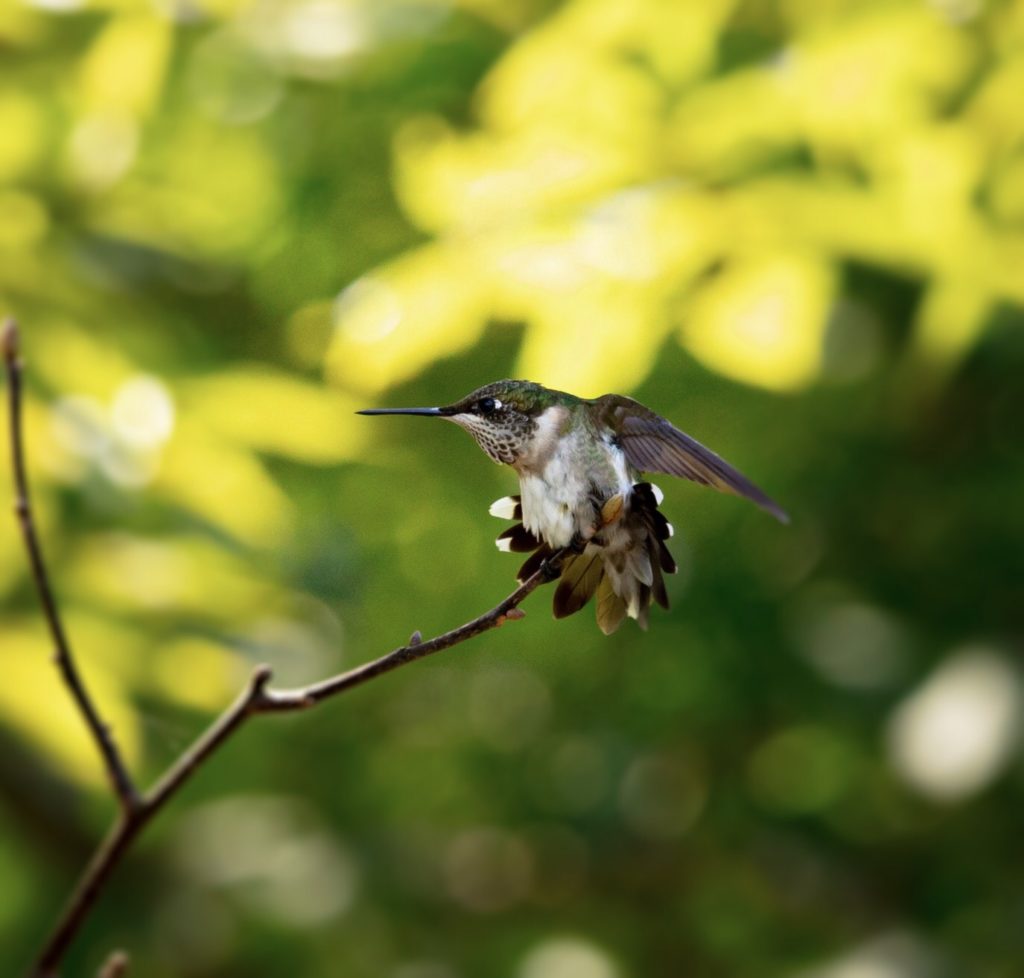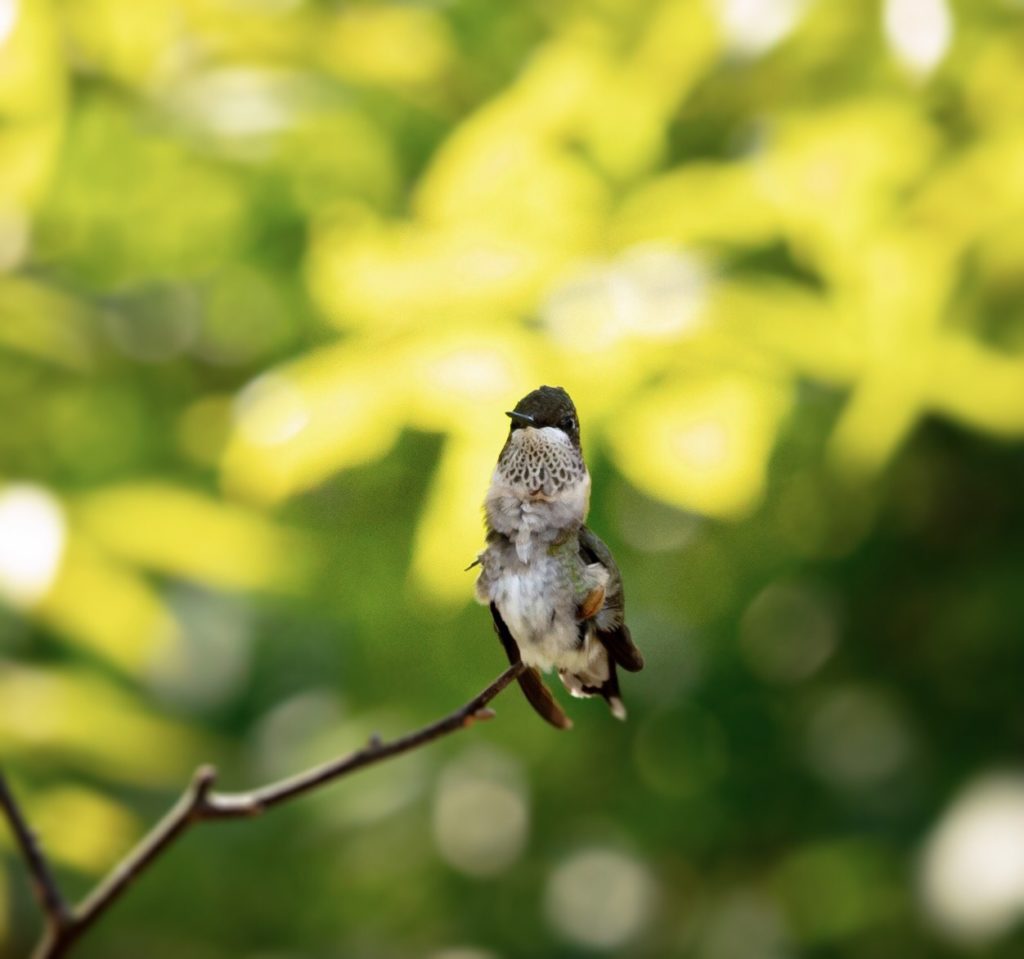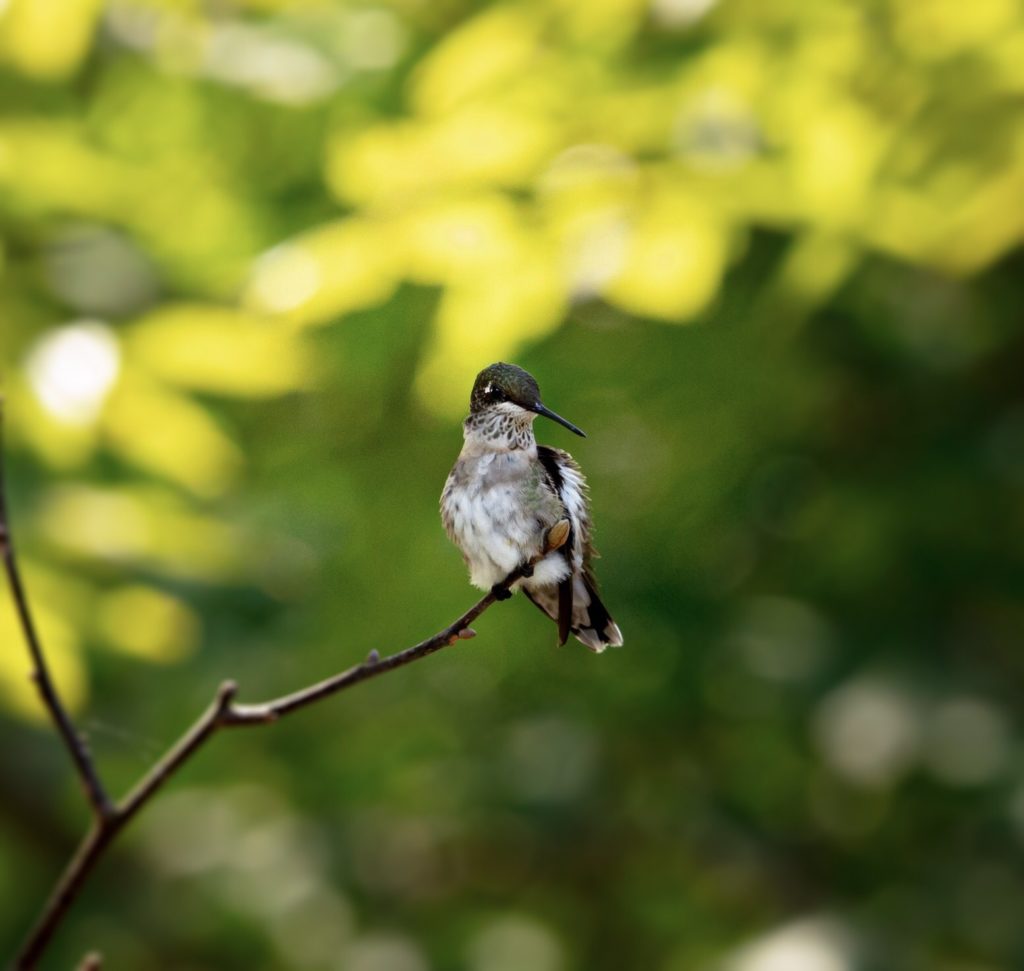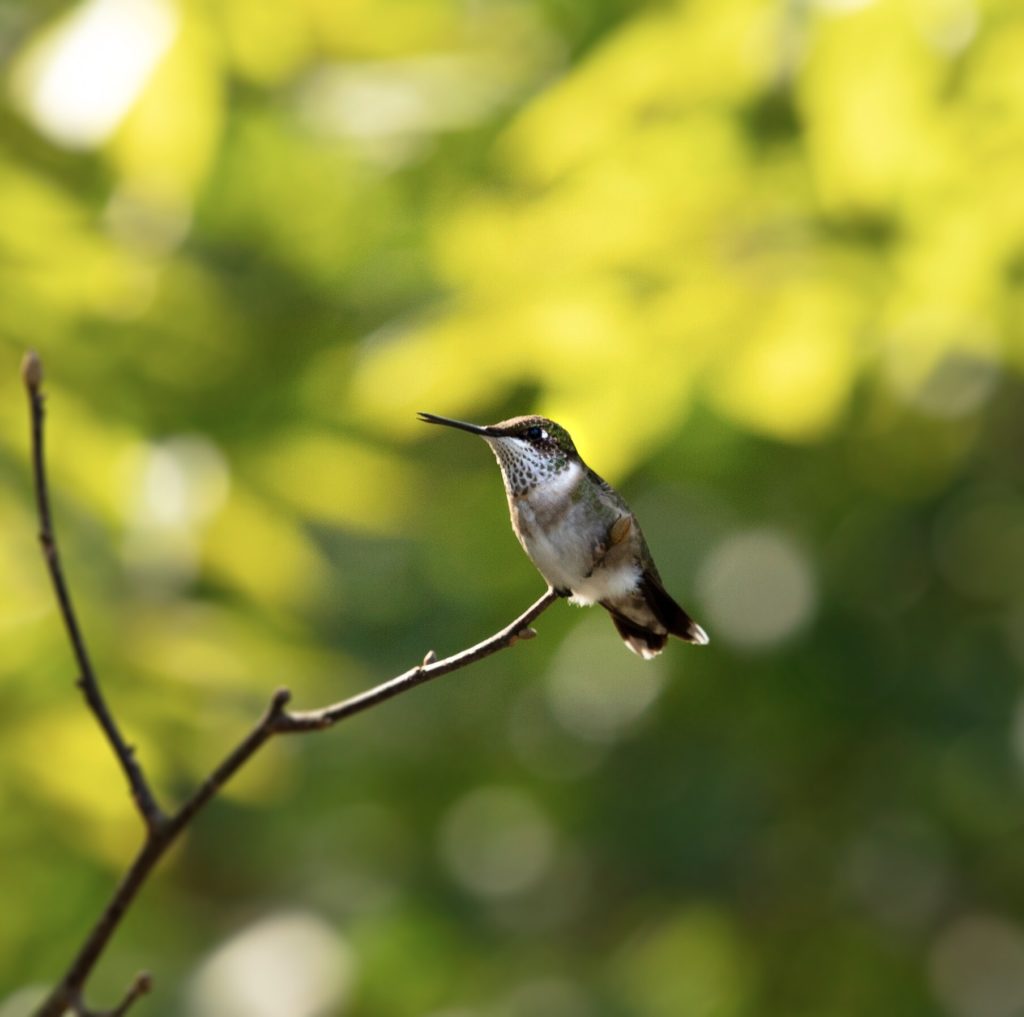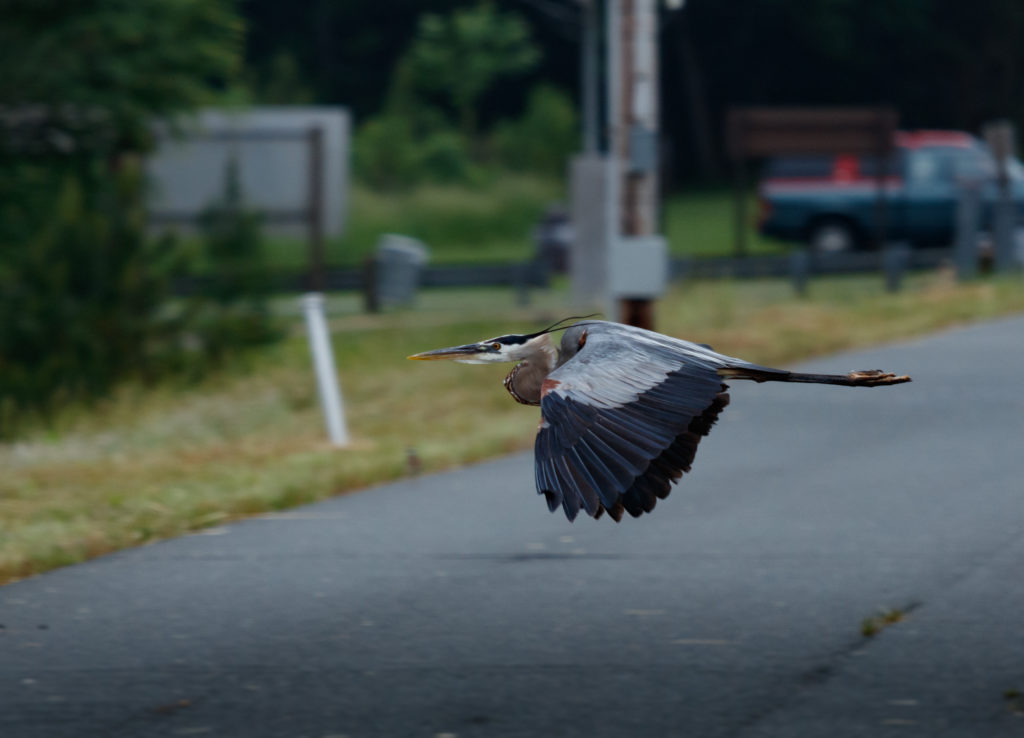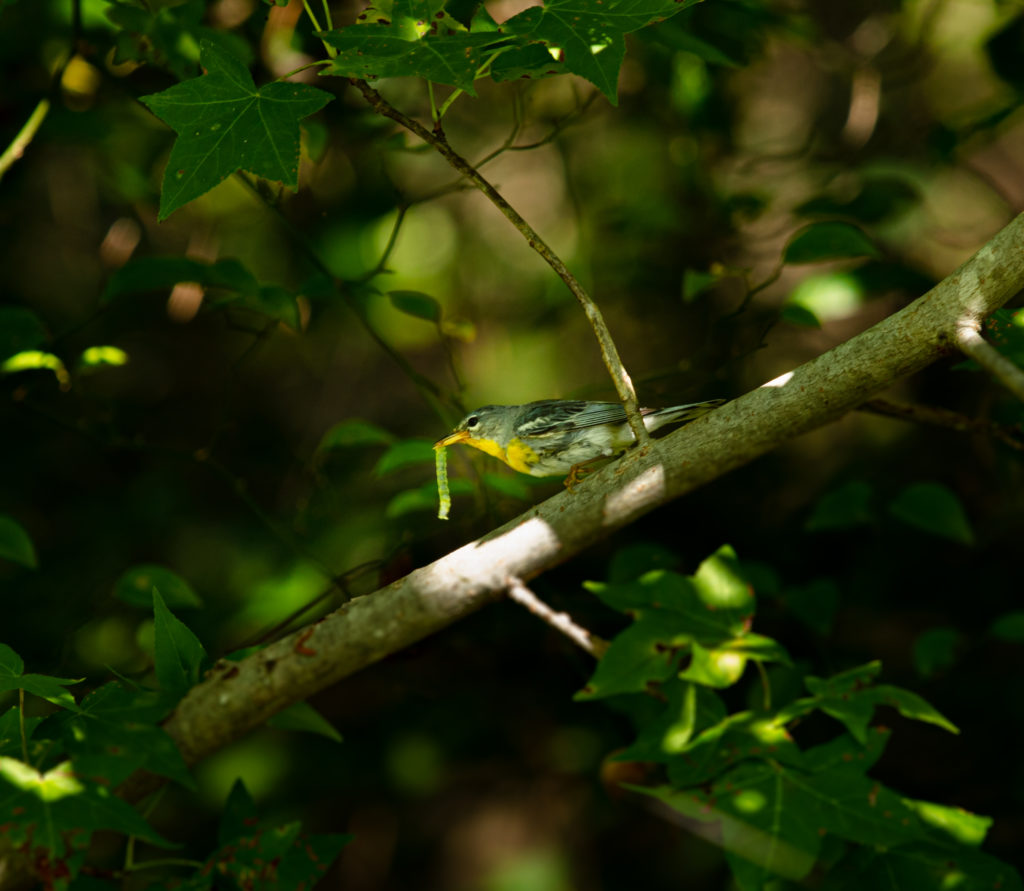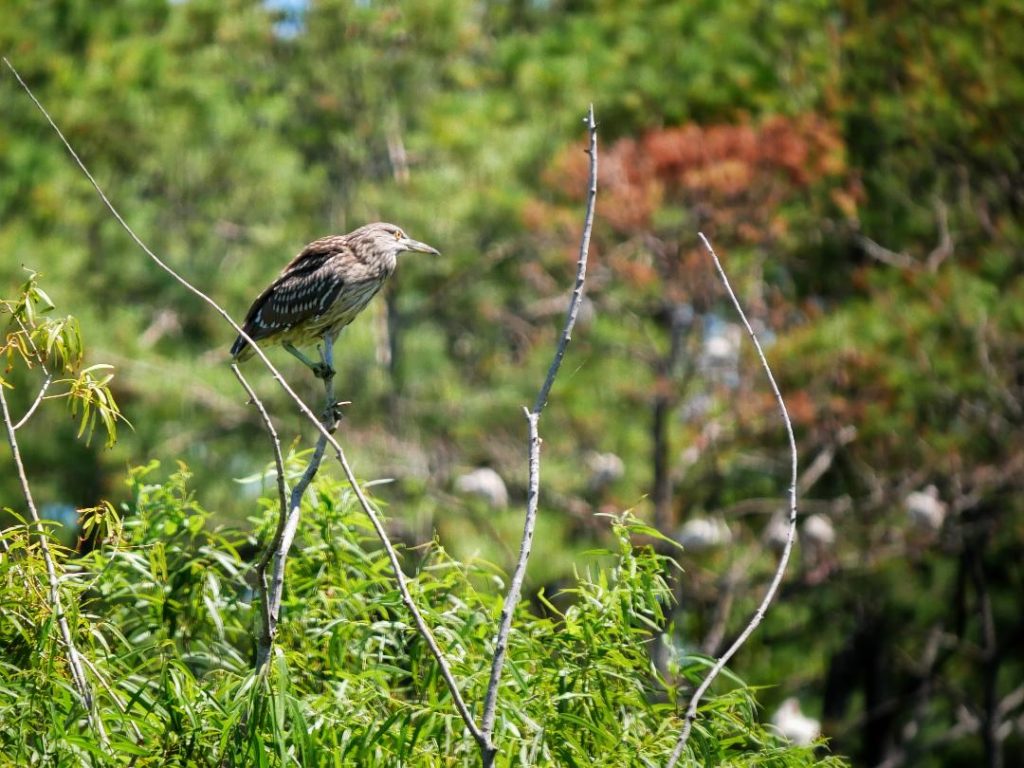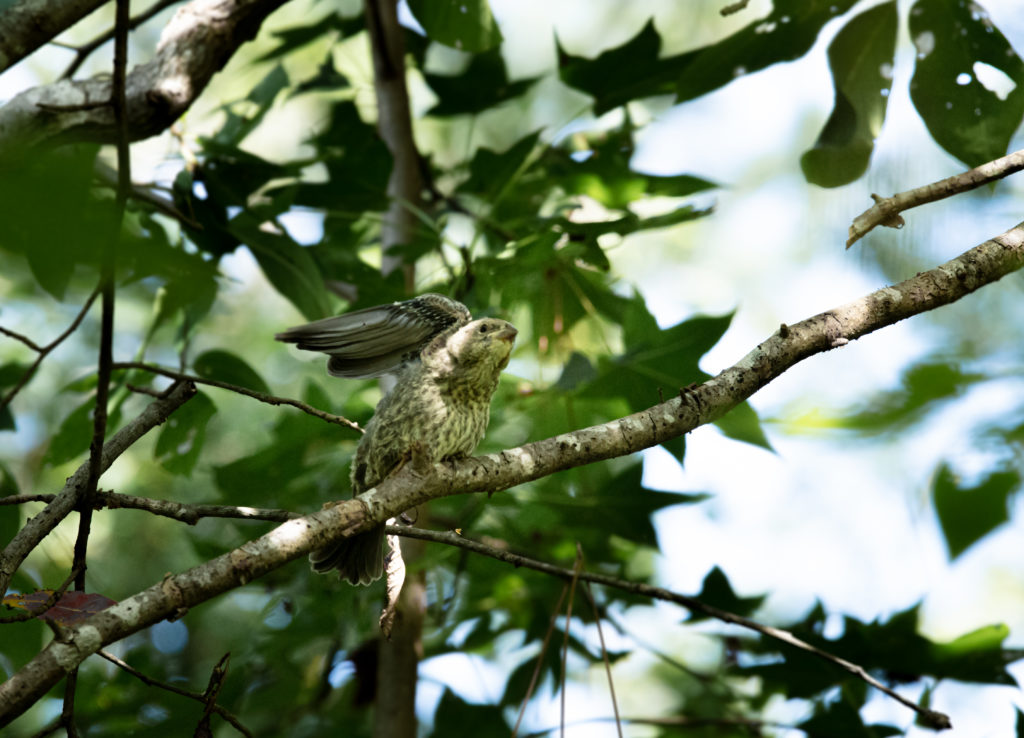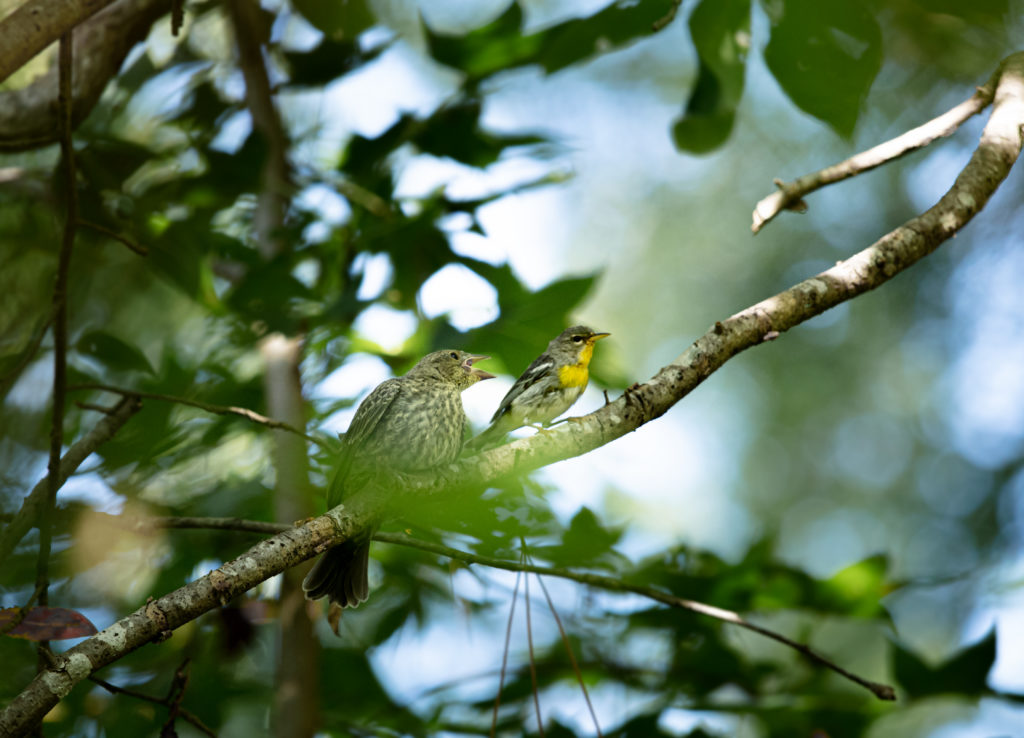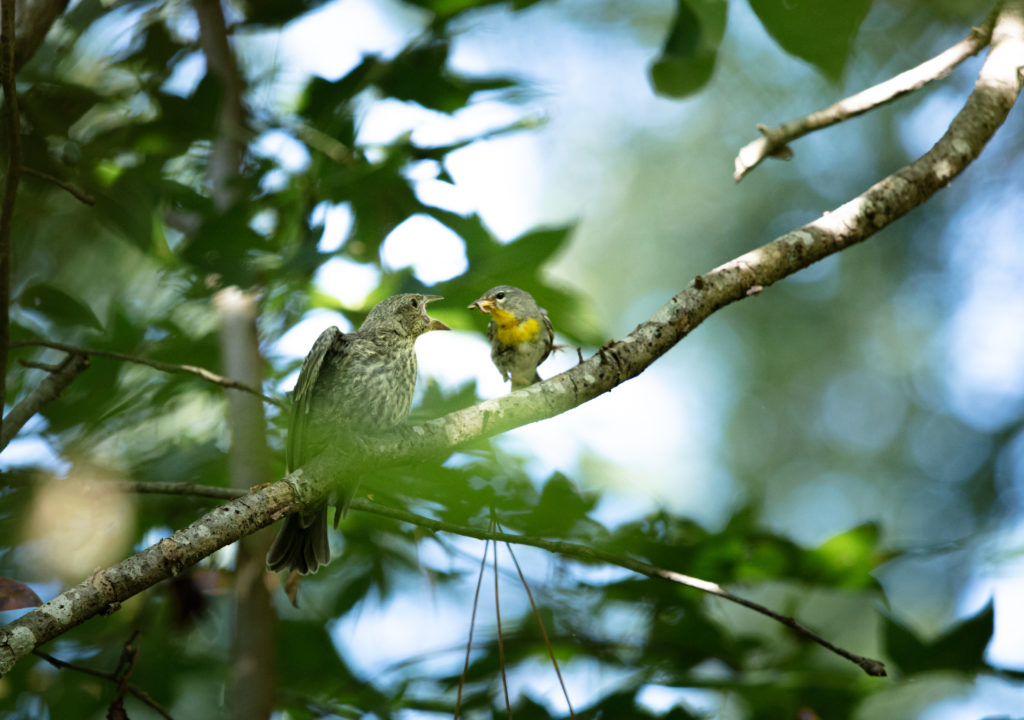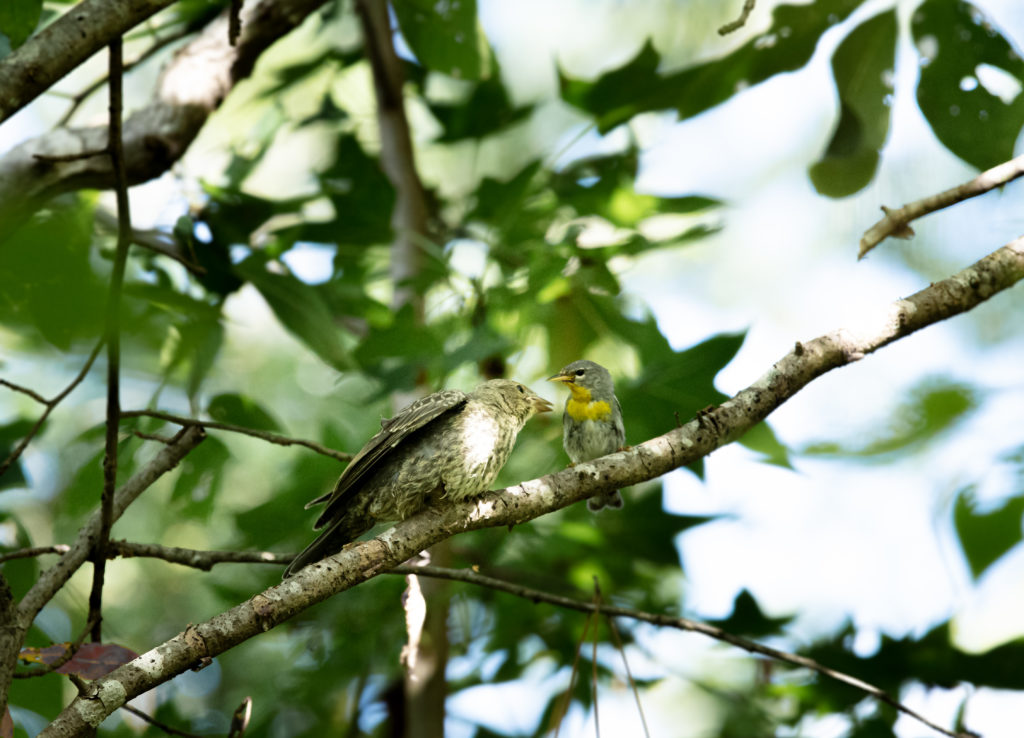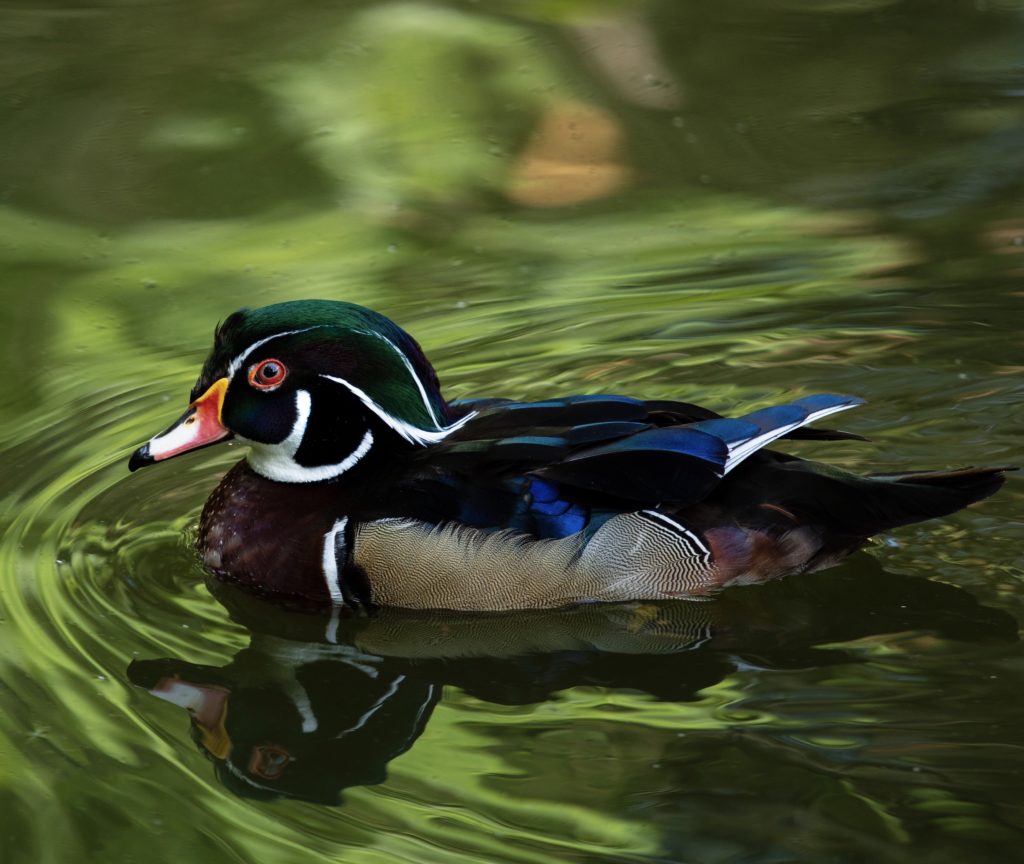

While birding at Jordan Lake on Wednesday, I found a Great Blue Heron and a Great Egret hunting together.
Since
Herons and Egrets are normally territorial when it comes to searching
for prey, I was surprised to see these two behaving like a bonded pair.
In fact, every step that the Egret took, the Great Blue followed.
🌿
Although rare, there has been a few documented cases of Great Blue Heron and Great Egret hybridization.
Most recently one has been noted at the fishing pier at Fort De Soto Park near St. Petersburg, Florida.
Known as as a Great Blue Heron x Great Egret hybrid (Ardea herodias x alba), this unusual bird is one of a kind!
🌿
Although
I certainly cannot say that the two birds featured in these pics are
attempting to breed with one another, their peaceful behavior was
interesting to observe.
Moments like this are a great example of why I enjoy getting outside to photograph birds.
There’s
always the potential to be surprised by an unexpected encounter, and
the opportunity to learn something new is often just one click away 🙂
🌿
Swipe to the second photo to get a closer look at these handsome birds…
Photo by @sally_siko

